" "People just like 500s. We drove down to Italy for the 500's anniversary _ everyone was smiling and waving" What is it that makes Italian cars so special? Liz Seabrook asked the question at the Italian Car Picnic at Honnington Gardens. ["

Tempus Fugit: the vehicles of The Italian Job 50 years on
It wasn't all about the Minis, of course
It’s hard to believe that half a century has passed since The Italian Job brought its own cheerful brand of Euro-scepticism to the silver screen. In that time its status has changed from that of a good, enjoyable caper movie to something akin to a national treasure.
Film buffs and sociologists alike could no doubt bore us all rigid go into great detail about the reasons for the film’s enduring appeal and relevance to present-day viewers.
But if you’re reading this then you’ll know that the main reason why The Italian Job continues to enchant lies not in its cinematographic excellence nor social relevance. Rather, it’s all about the cars. And the coach. And, yes, even the aeroplane.
So let’s consider them, shall we? And just for once, we won’t kick off with the Minis. Instead, let’s start by busting a couple of myths.
Myth #1: A Lamborghini Miura was destroyed by the film company and lobbed into an Italian gorge.
The reality: the filmmakers, working on a tight budget, could ill afford to buy a Miura and then blithely destroy it.
Accordingly, the Miura that was used for the iconic Alpine scenes at the start of the film, in which Rossano Brazzi heads into the Alps to the accompaniment of Matt Monro’s wistful, dreamy ballad about lost love, survived the film unscathed. Indeed, it still exists; after decades away from the spotlight it resurfaced in 2015 in the hands of a classic car specialist in Cheshire.
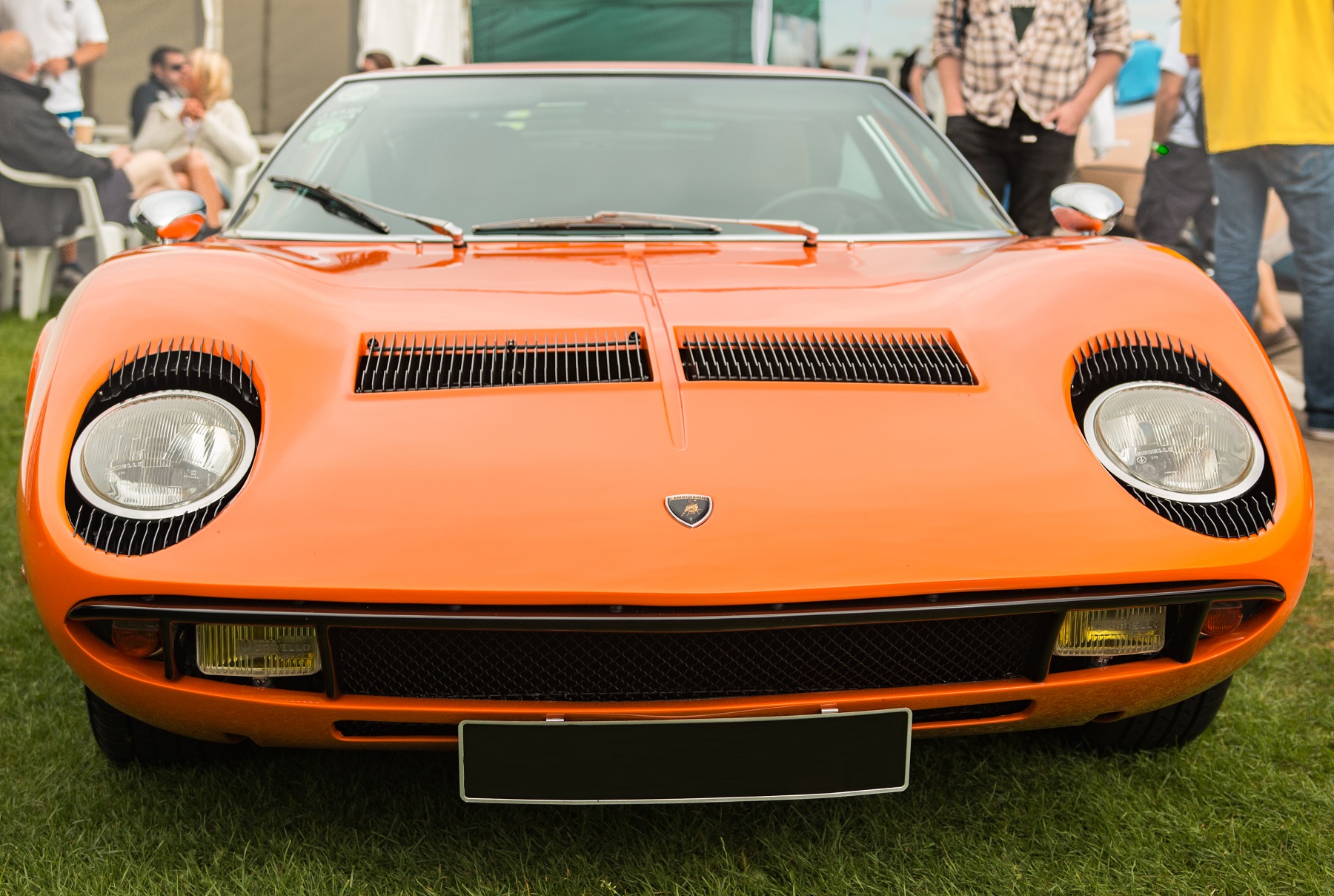
A Miura of sorts – a bodyshell mounted on an engineless, accident-damaged chassis – was, however, launched into the gorge. What thereafter became of it is shrouded in mystery; when the film crew went to recover its remains the next day, they found that someone had beaten them to it. To this day, the identity of the mystery salvor(s) and the ultimate fate of the wreck is unknown.
Myth #2. An Aston Martin DB4 convertible was also destroyed during filming.
The reality: the DB4, bought by the film company for a mere £900, also escaped destruction. Its roof and windscreen were crushed and its bodywork damaged but it was spared the long, painful descent to automotive Valhalla.
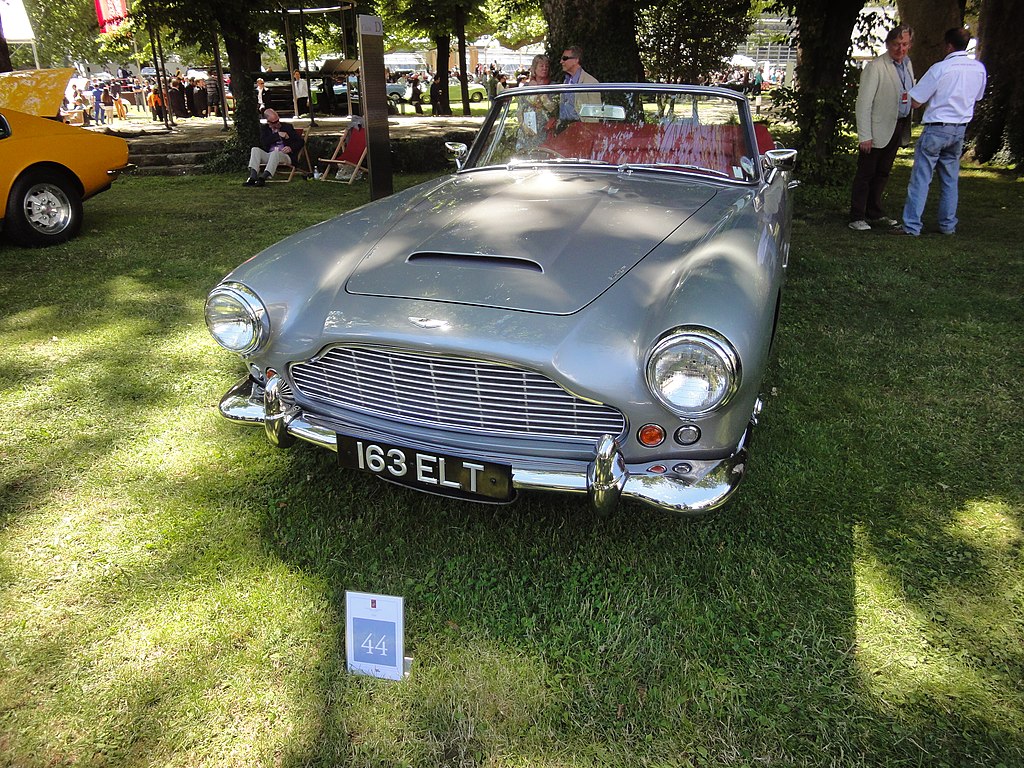
Admittedly, its survival may be more to do with good luck rather than the filmmakers’s good intentions. The story goes that the first attempt to film the destruction of the DB4 was aborted, but not before it suffered damage that ruled it out from being used in a second take. With no other DB4 readily available, the film crew hastily arranged for a ‘ringer’ to take its place.
The proof of this can be found in the film itself. If you watch the scene in which the DB4 is destroyed, you’ll see that it’s split into two parts. In the first part, the DB4’s roof and windscreen pillars are destroyed and it’s lifted up at the rear by the Mafia’s Caterpillar. In the second part, the DB4 is launched over the precipice to its doom. Only it isn’t a DB4. Look very carefully and you’ll see that it has magically been converted from RHD to LHD, the bonnet hinges at the rear instead of the front and the rear wheel arch rims have become much more pronounced. For DB4 read hastily modified Lancia Flaminia Convertible.
As for the real DB4, it was duly repaired and went on to feature in a sketch (‘The Hitchhiker’) in Italian Job alumnus Benny Hill’s TV show in 1970. It’s still on the road today and is shown publicly from time to time.
But what of the other vehicles seen in the film? Let’s have a look at a few of more significant ones.
You’ve just lost him his insurance bonus.
We’ll start with the gang’s Jaguar E-types. The producers bought two for the film – a roadster and a fixed-head coupé – at a cost of £900 apiece. Along with the Aston, these were the ‘three fast cars’ that the gang had in reserve in case things went a bit Pete Tong, to slip into the vernacular.
And go wrong they did, albeit not in the way that the gang might have anticipated. Like the DB4, they were subjected to the tender ministrations of the Mafia’s Caterpillar (and, in the case of the fixed-head, Director Peter Collinson’s sledgehammer) but were brought back home after location filming ended. And they’re both still with us.
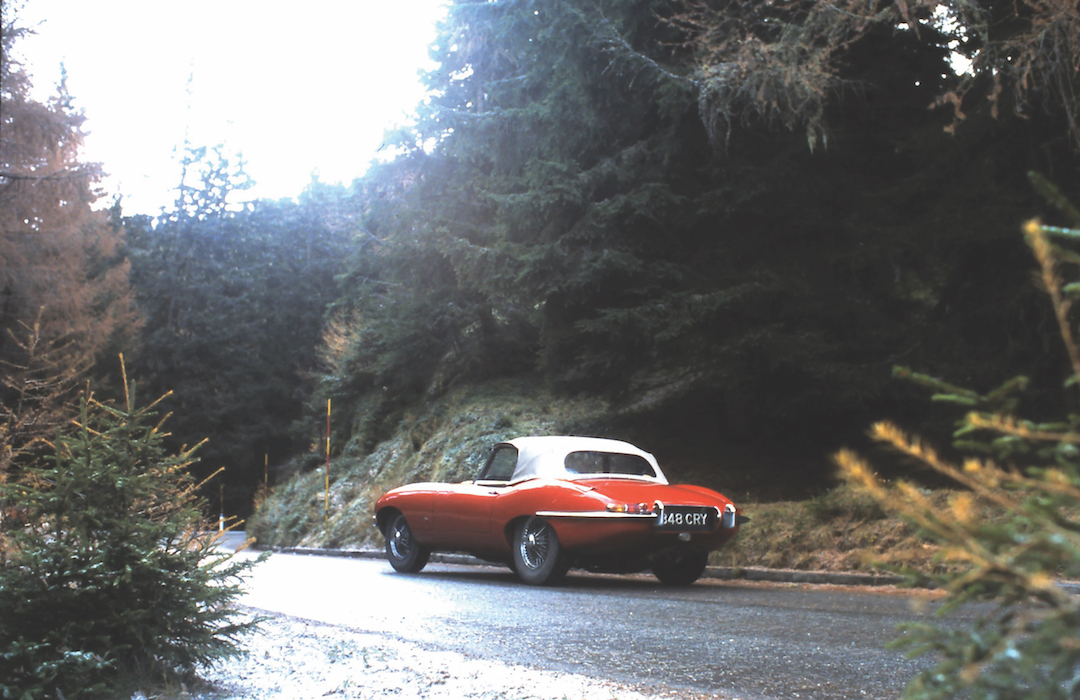
Of the two, the red drop-head (registration 848 CRY) is the better known. Built in 1961, it was the 12th production roadster to roll off the assembly line, a fact that had little or no importance back in 1969 but is rather more significant today. Owned by Philip Porter, publisher, founder of the International Jaguar XK and E-Type Clubs and author of around 30 motoring books, 848 CRY has been restored to tip-top condition and is often seen at shows and events. It has even augmented its ‘acting’ credentials with an appearance on Top Gear.
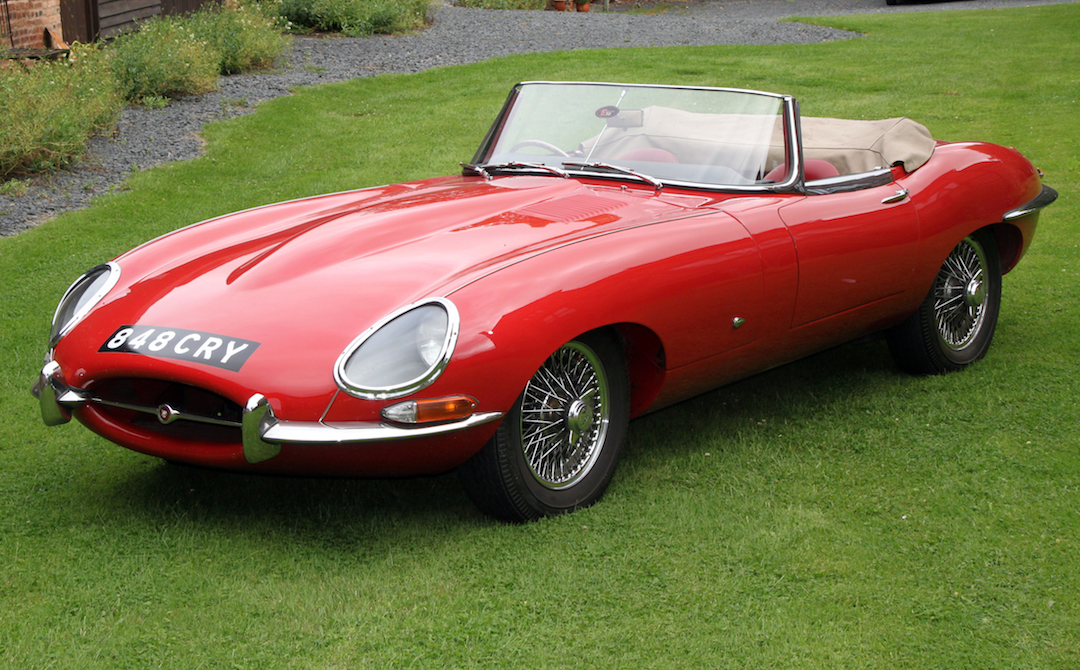
The other E-Type to feature in the film, a 1962 fixed-head coupé, has slipped under the radar a little over the years but has now been restored to original condition. Originally Signal Red, it was resprayed dark blue for the film and remains that colour – unless, that is, you’re the DVLA’s database, in which case it’s green!
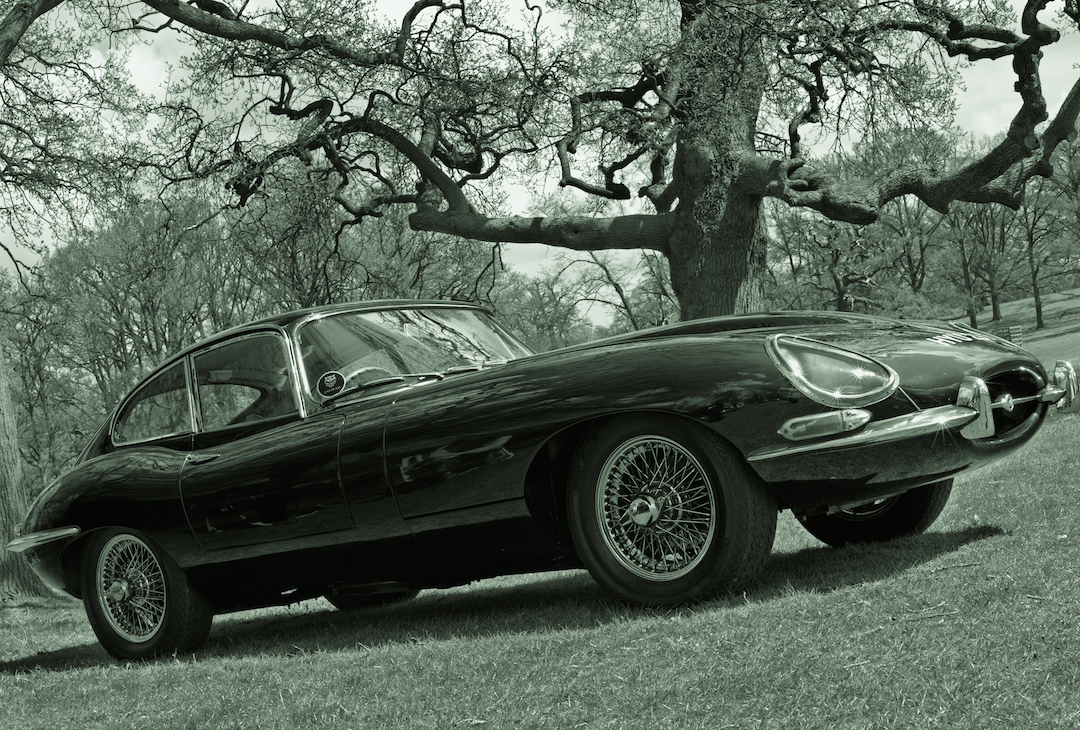
Pretty car.
Keen students of the film will note that the Mafia top brass were ferried around in black Fiat Dino Coupés, one of which is reputed to have been purchased by Peter Collinson after filming.
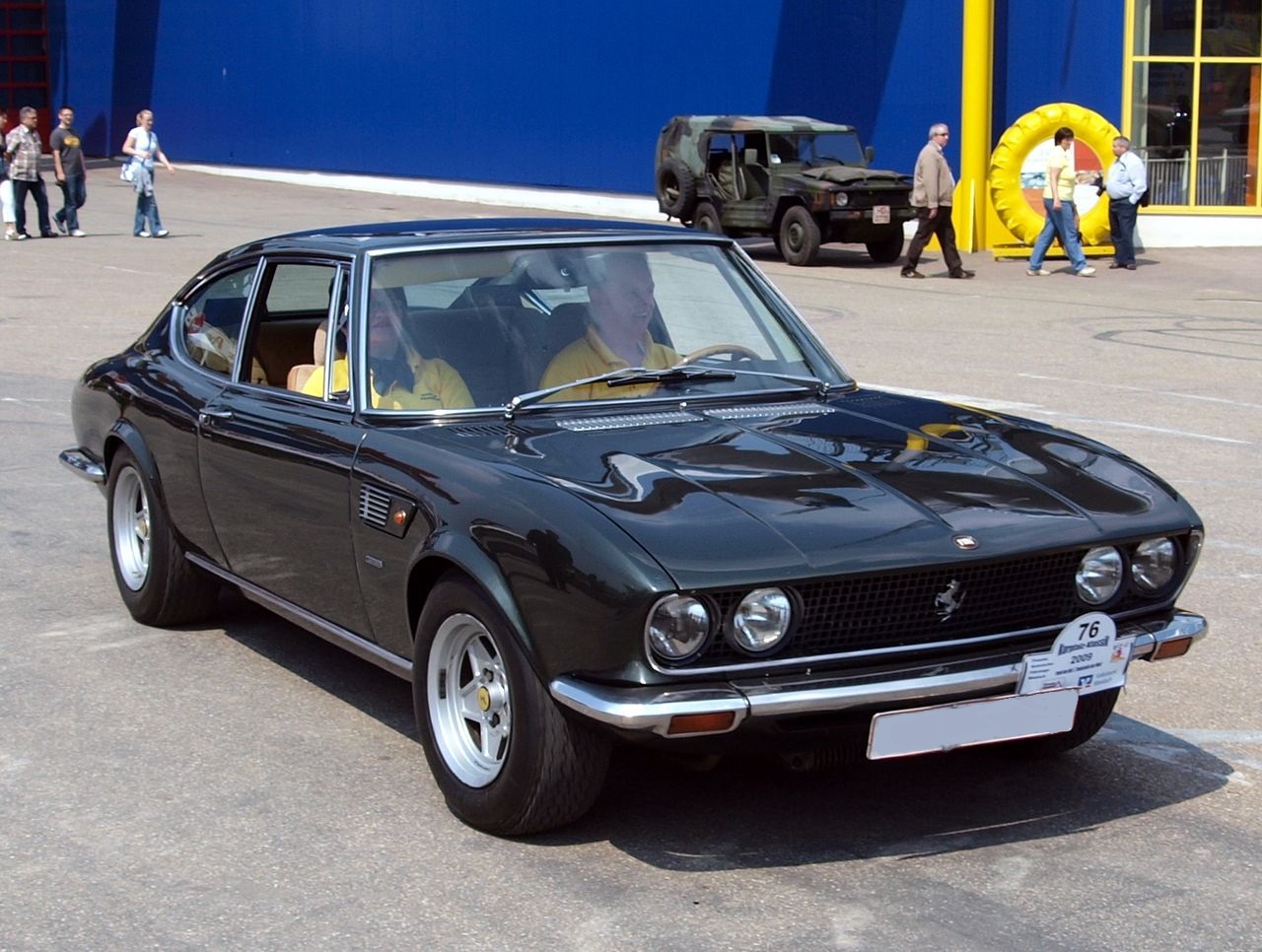
These were provided to the film company by Fiat, who also permitted filming to take place on the rooftop test track at their Lingotto factory as well as allowing the highly dangerous roof jump stunt (a feat so fraught with hazard that Peter Collinson had a car waiting to whisk him to the airport if it went wrong) to be staged on their premises.
The Turin-based giant also rendered invaluable assistance in a number of other ways, not least by smoothing the filmmakers’s path with the city authorities and police. This generosity is all the more remarkable in light of the film’s producer having turned down Fiat’s offer to supply as many cars as the production needed, plus stunt drivers and the sum of $50,000 to help with production costs if the Minis were replaced by Fiats in the film.
Which leads us nicely to the Minis.
He’s having trouble with his differential.
The film worked wonders for the Mini’s image, but from the recollection of several people involved in its production it seems that British Leyland could scarcely be used of largesse. Indeed, it’s said that their sole contribution to the film was the supply of six Cooper S’s at trade price. Any other cars needed for the film would have to be bought on a retail basis.
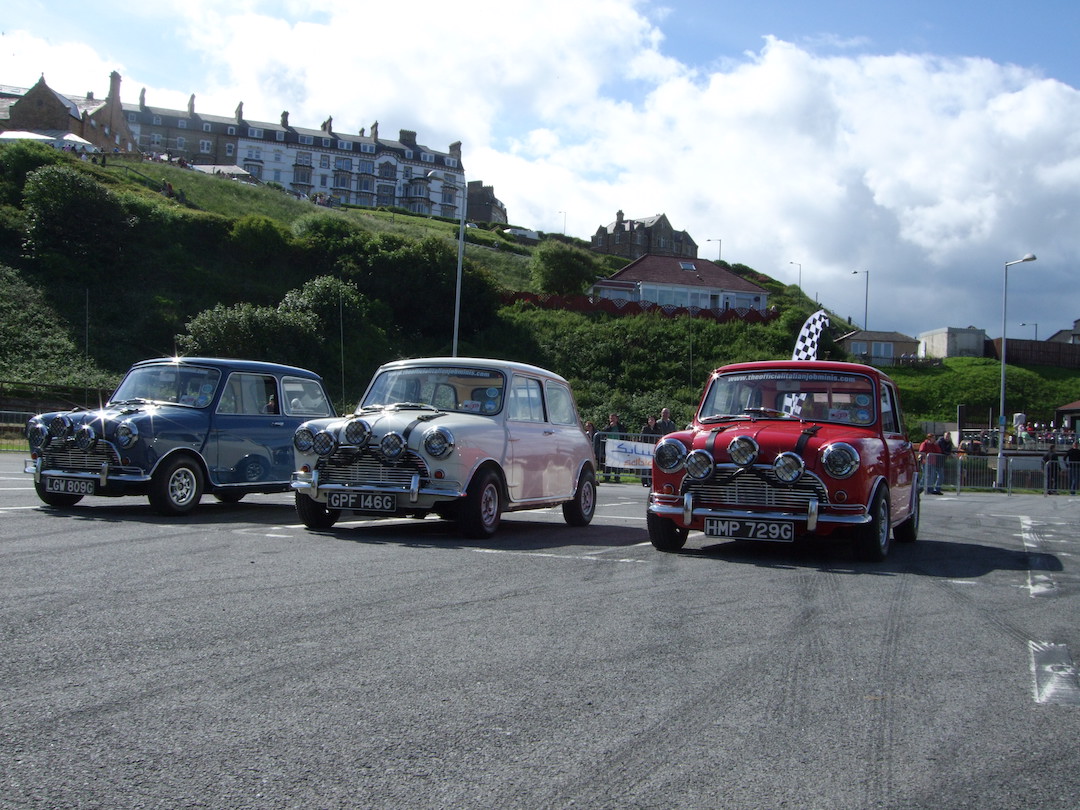
This may explain why the film company decided to purchase a number of ‘cooking’ Minis in Switzerland and dress them to resemble their more sporty siblings. Indeed, it was these cars that were fired (literally, using a rig powered by highly compressed air) out of the coach as it made its ascent into the Alps.
There’s no exact tally of how many Minis were destroyed during the film. Some were destroyed in the hands of Remy Julienne’s brilliant stunt drivers in the UK – either at the Crystal Palace circuit or during the tunnel chase sequence (filmed in the West Midlands) – and the rest in Italy.
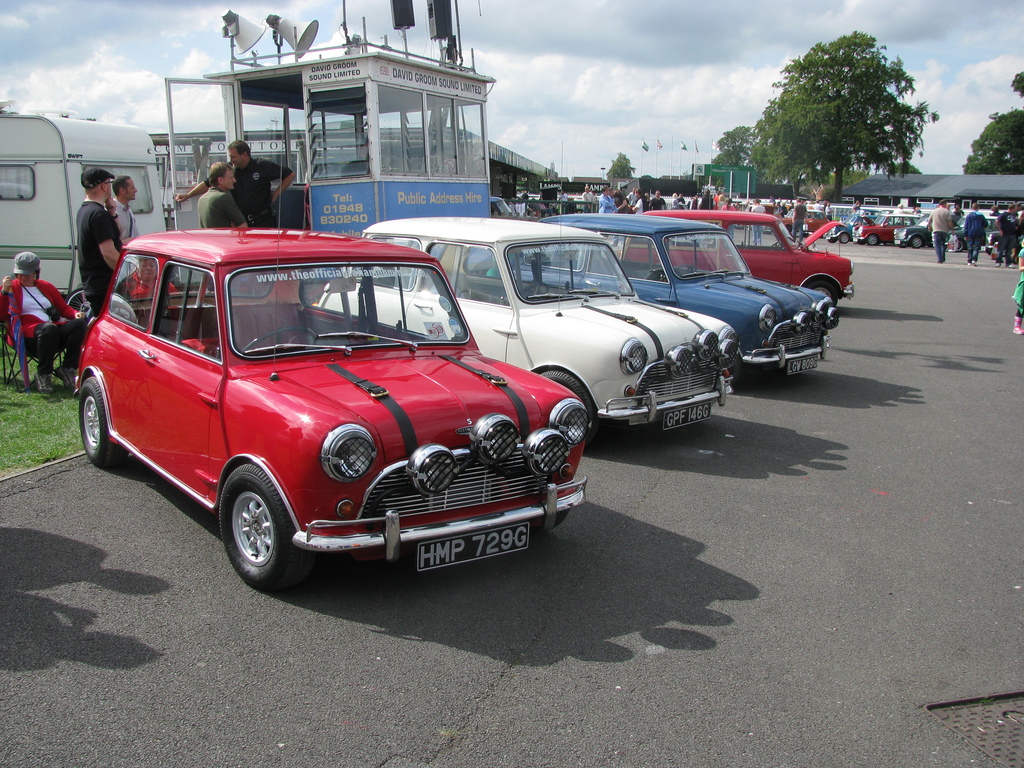
To this day, the fate of the Minis that survived the film remains unclear. According to Ken Morris, a member of the production crew, six damaged Cooper S’s were left in a Turin lock-up (along with 30 magnesium alloys) when filming ended. And there the trail goes cold.
One thing that can be said with certainty is that the registration marks sported by the Minis in the film were purchased at auction in 2006 by David Morton from Newcastle and now adorn excellently crafted replicas of the gang’s red, white and blue Minis.
Whilst on the subject of weight, a quick calculation confirms that each of the gang’s Minis would have been carrying gold that weighed more than the car and its occupants! But, hey, it’s the magic of the movies, so we won’t dwell on it.
Well, look happy…we won, didn’t we?
The gang also used a Land Rover and a Thames 10cwt van fitted out for passengers, both of which were driven on-screen by actor George Innes, who had to learn to drive for his role in the film. The van was owned by David Salamone who, along with his father, supplied some of the vehicles used in the film as well as having a small role as one of the gang’s drivers.
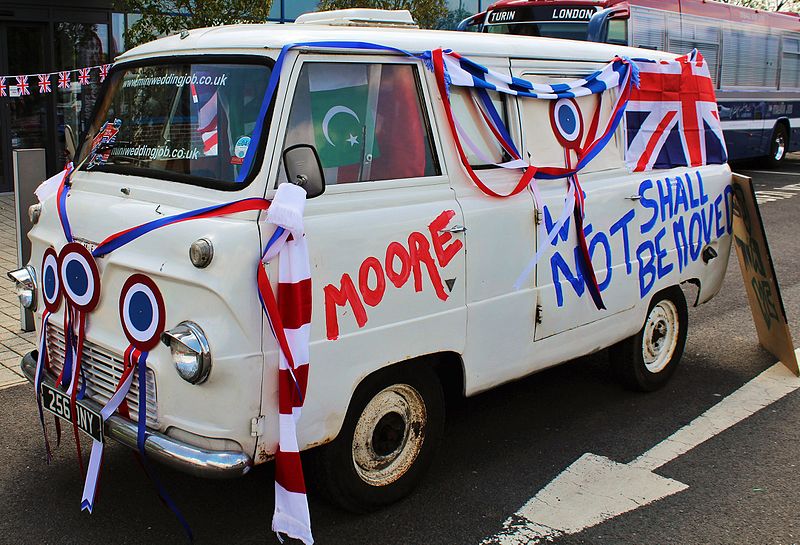
A very rusty Austin A60 Cambridge also enjoyed a brief cameo in the film, to memorable effect – it’s the car that falls off the upper level of the car transporter-cum-battering ram and onto the police chief’s Alfa Romeo Giulia.
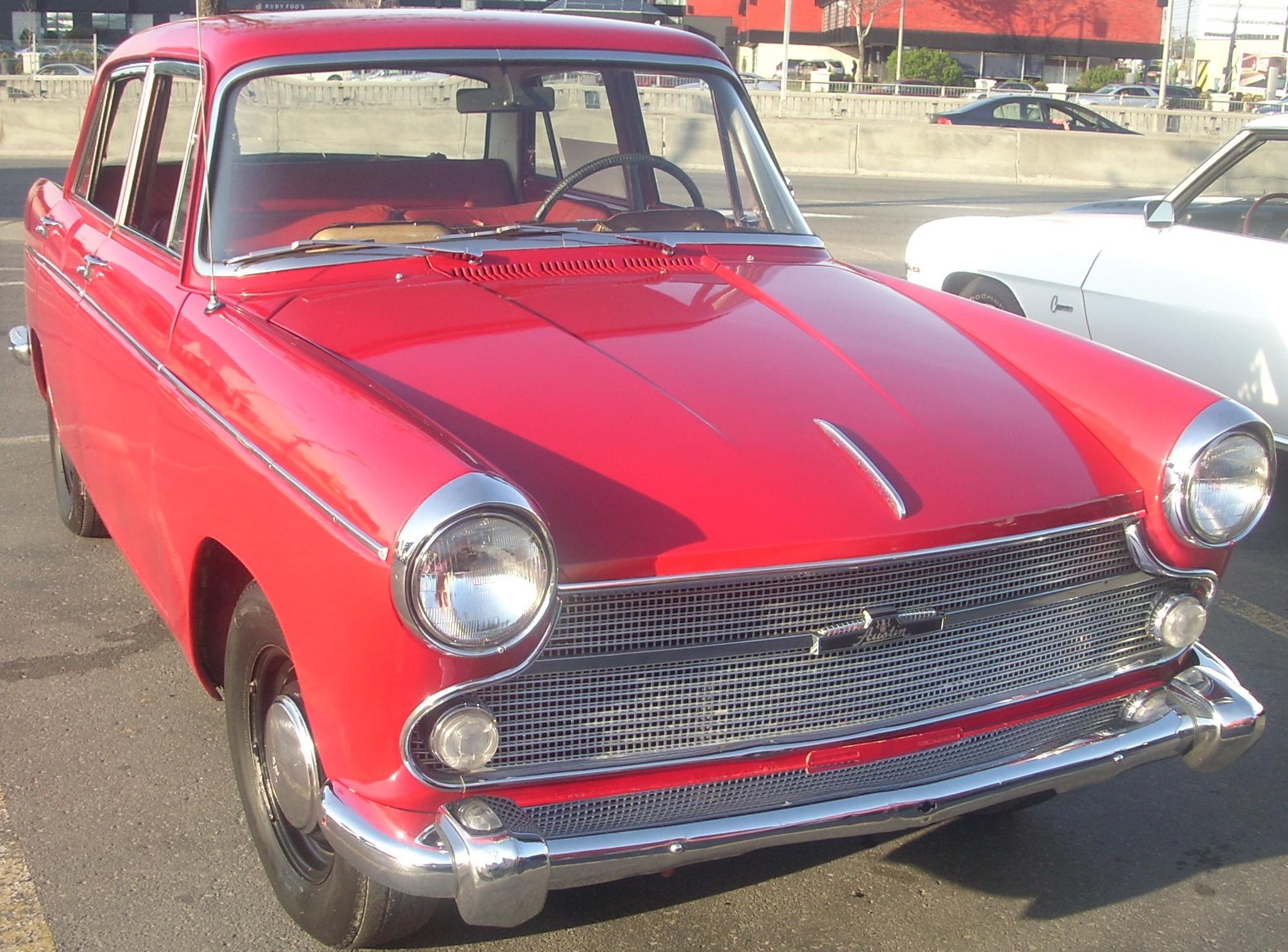
There’s one other road vehicle of note, but you won’t see it on screen. The screenplay originally called for a sequence in which a Rolls-Royce gyrates on a gravel road. Filmed at the back of the Italian villa used by the gang as a jumping-off point, the sequence was aborted after the stunt went wrong and David Wynn-Jones, a young member of the film’s crew, was seriously injured. Fortunately, he eventually made a good recovery. The stunt, which didn’t involve Remy Julienne’s team, was never repeated and thereafter only Julienne and his team performed the stunt driving in the film.
Hang on a minute lads, I’ve got a great idea.
While we wait for Charlie Croker to tell us about his great idea, let’s pass the time by paying due respect to the sterling work performed both on and off the screen by the coach – a Bedford VAL 14 rolling chassis with Harrington Legionnaire bodywork. Not only did it cart much of the filming equipment to Italy, it also gave the film several of its most iconic scenes: the high-speed, high stakes embarkation of the Minis, the sing-along jollity as the gang heads into the Alps and, of course, that ending. Not bad for a humble public service vehicle.
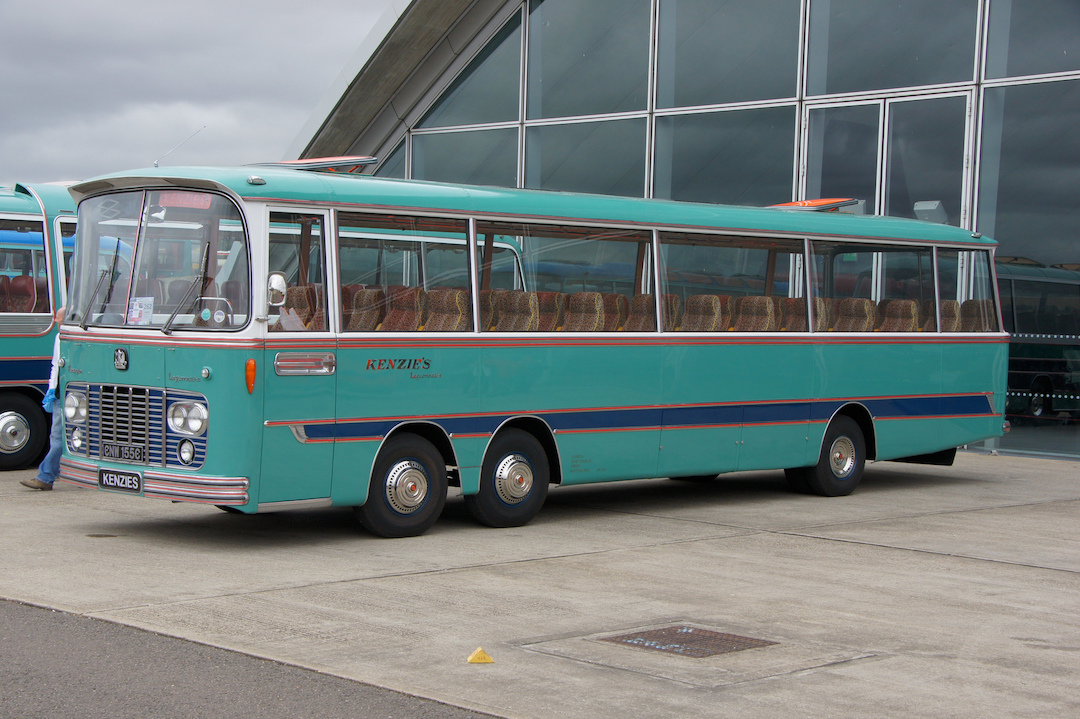
And in spite of being dangled over a cliff for real (sans Michael Caine and co., of course), it survived the film and returned to the UK.
It was then sold and returned to passenger-carrying duties, most notably in the east of Scotland, where it even served as a school bus. It continued to sport the same registration mark as in the film, but its history was somehow overlooked by both owners and passengers and it was scrapped in around 1990 – an ignominious fate for probably the most iconic bus in film history.
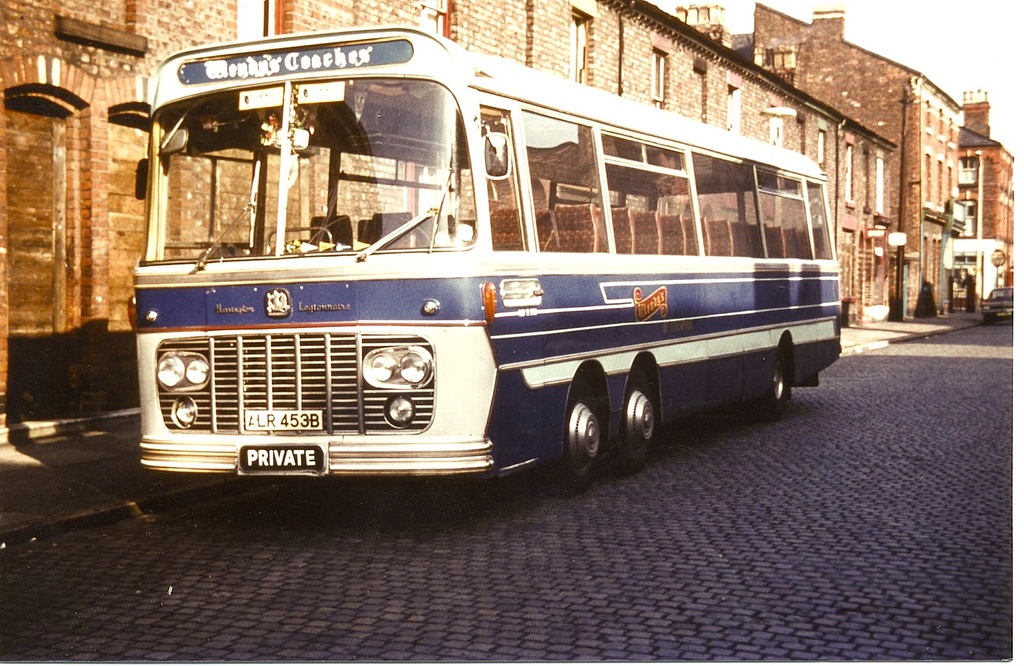
I like ’em big.
The same sad fate awaited the aircraft used for the scenes at Turin airport. Commissioned as a heavy-lift aircraft for the US Air Force during World War 2, the Douglas C74 Globemaster was a huge aircraft even by 1969 standards.
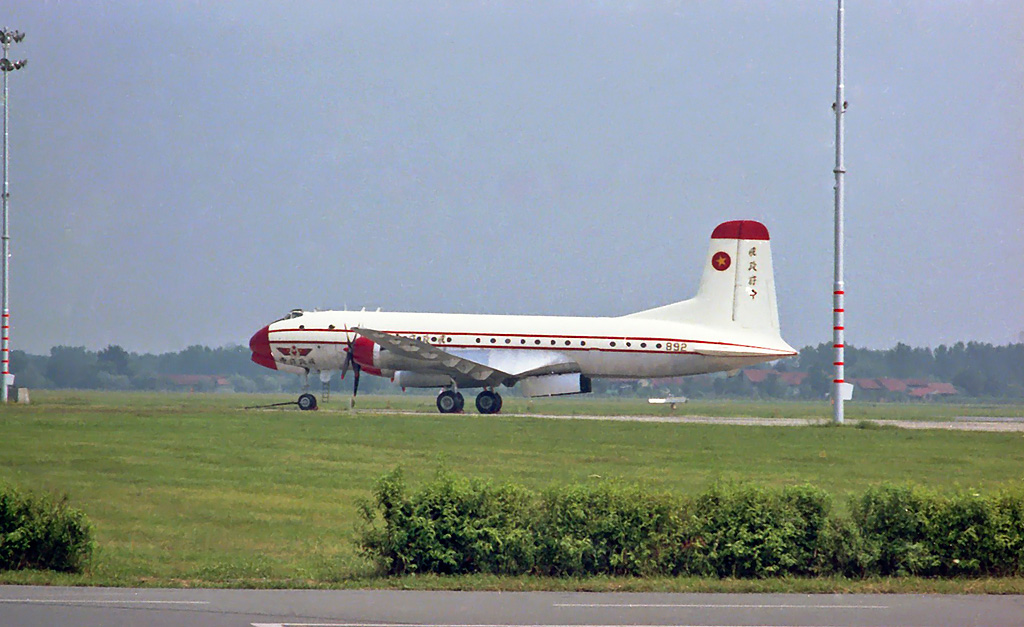
By then, only three Globemasters remained, of which two (including in the one in the film) had been abandoned in Italy. Its role in the film came about purely by chance – it was spotted by the film crew as it languished at Turin airport.
Treated to a lick of paint and given the livery of a fictitious Chinese airline, courtesy of production designer Disley Jones, it was then towed into position for its date with the film cameras. It remained at Turin after filming ended and was destroyed as a result of two fires in 1970, the second of which claimed the lives of two workmen.
Mr. Bridger will drive them into the sea.
The Globemaster was a huge aircraft, but it wasn’t the largest vehicle to be featured in The Italian Job. That particular honour went to the car ferry MV Free Enterprise I, it being the vessel on which the gang departed Blighty en route for Turin and their date with destiny.
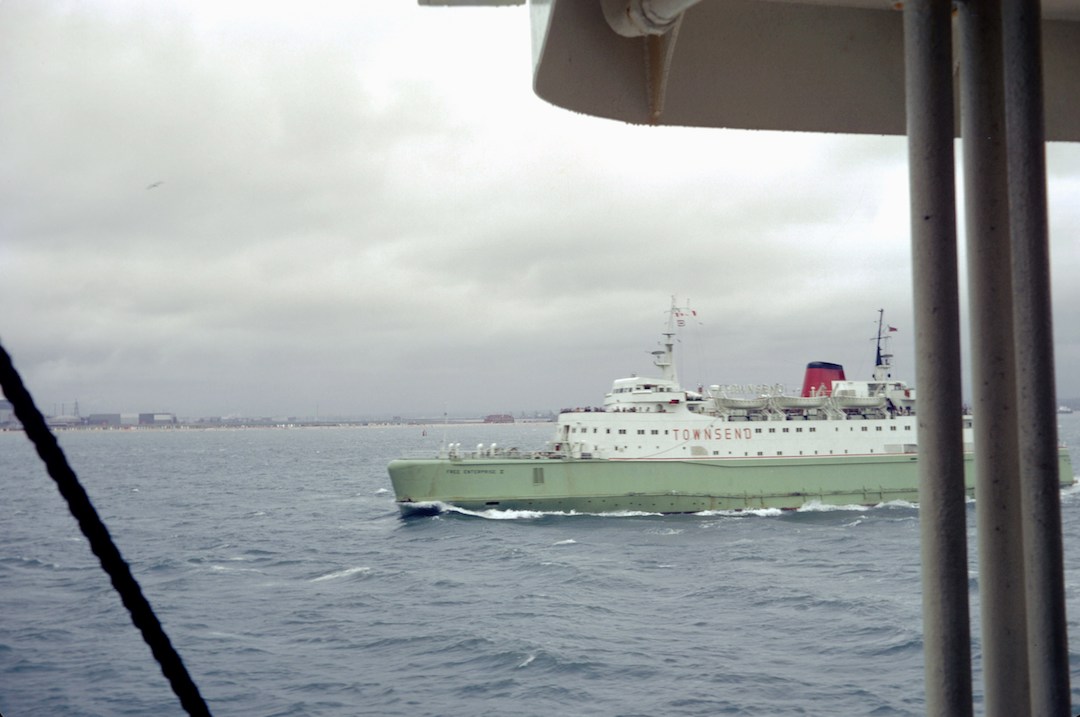
Launched in 1962, the 3880 tonne ship outlasted most of the other vehicles from the film, serving as a cross-channel ferry until 1979 and thereafter passing into Greek ownership. After over five decades afloat, it was finally broken up in 2013.
You’re only supposed to…
Admit it: you thought I’d forgotten to mention the scene that gave rise to the film’s most memorable line, didn’t you? As if I’d do that…
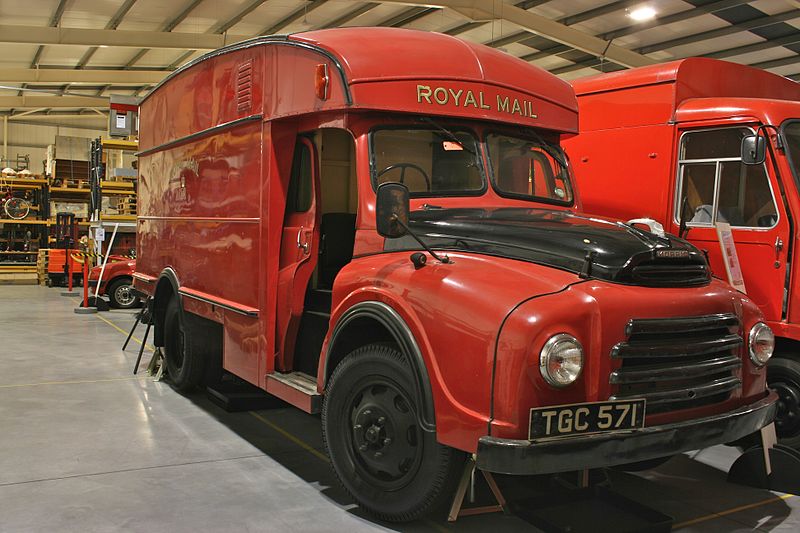
For the record, then, the vehicle which was blown up at Crystal Palace Park was a 1954 Morris LC5 van, previously owned by the Post Office. To ensure that the explosion would look sufficiently impressive, the van’s structure was weakened and its interior was lined with explosives. The result was rather more spectacular than had been anticipated, with a number of windows in nearby properties being broken by the blast.
And in a case of life imitating art, the film crew found themselves legging it from the scene before the police arrived. Tempus wasn’t the only fugitive that day…
CLICK TO ENLARGE









